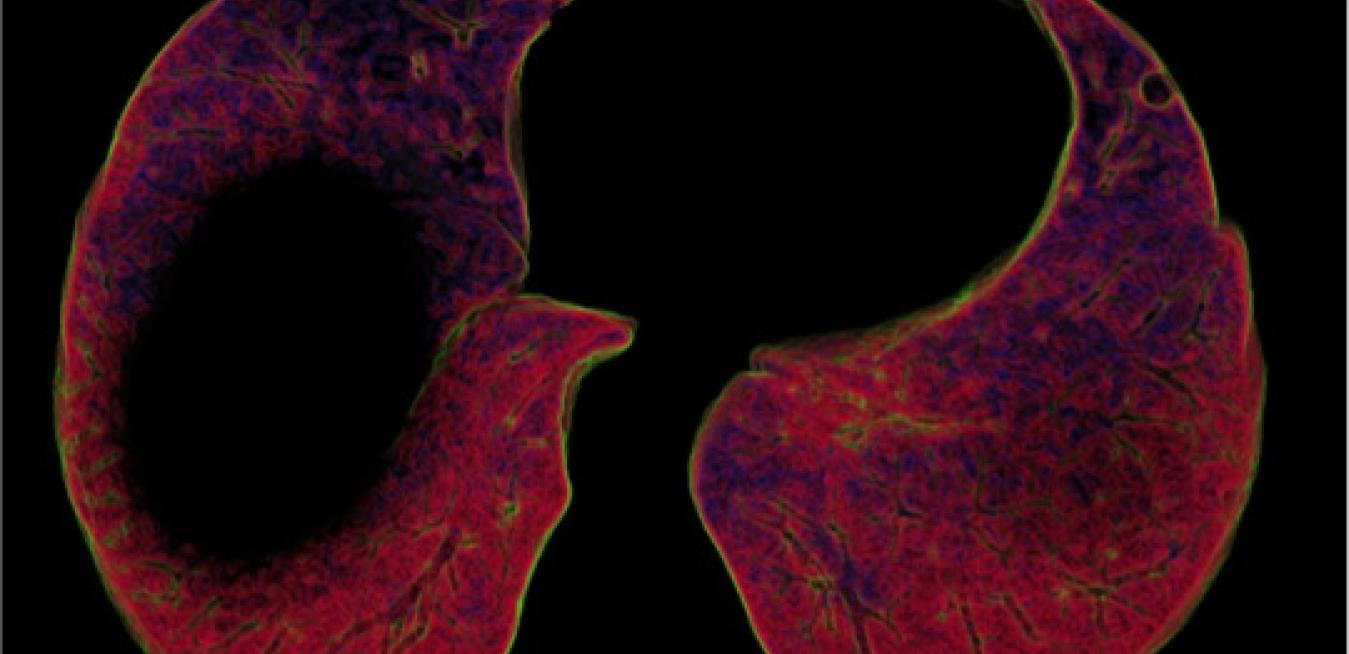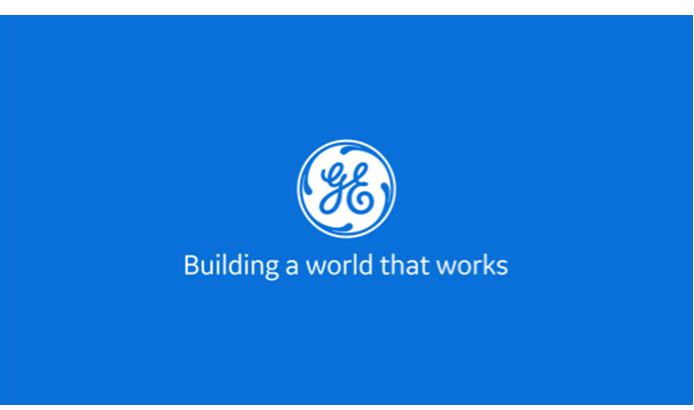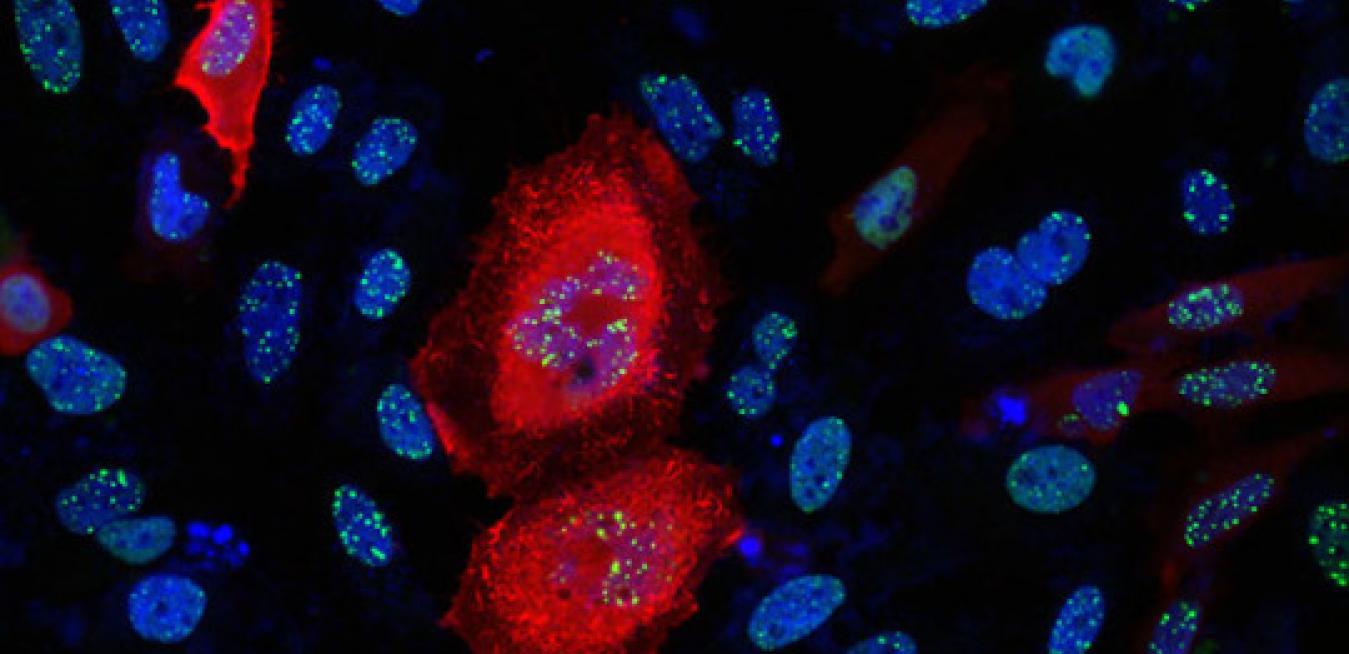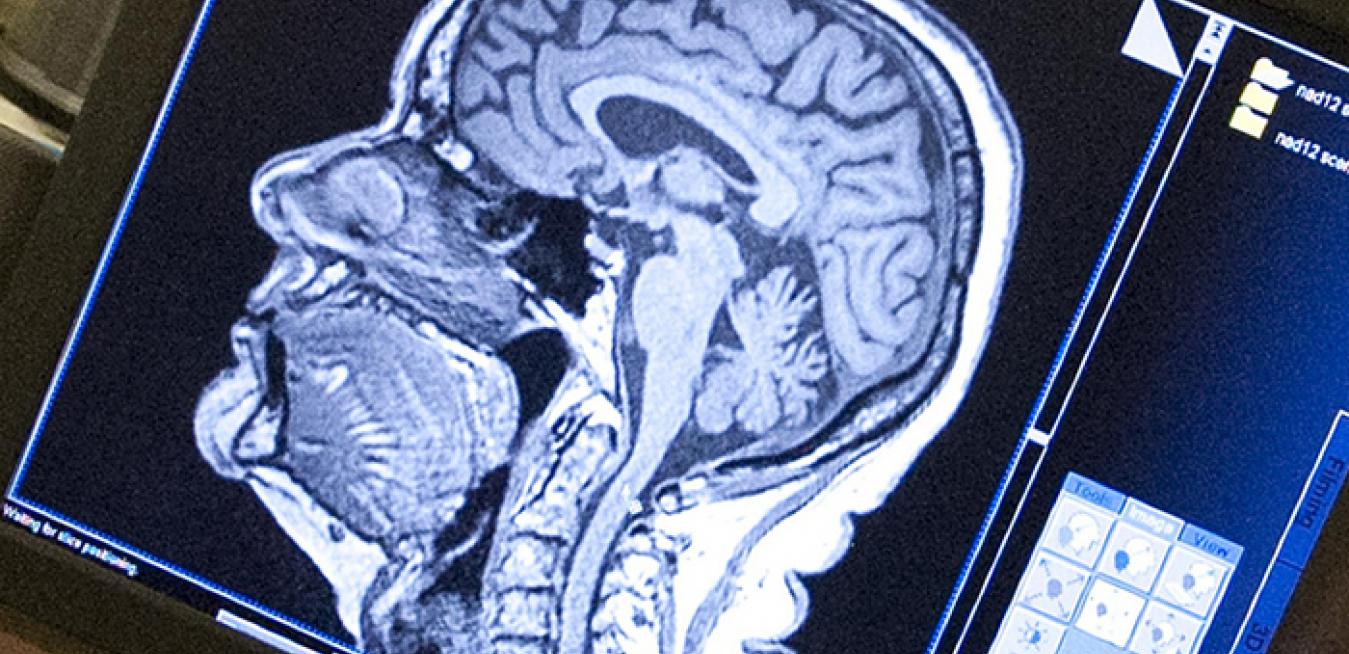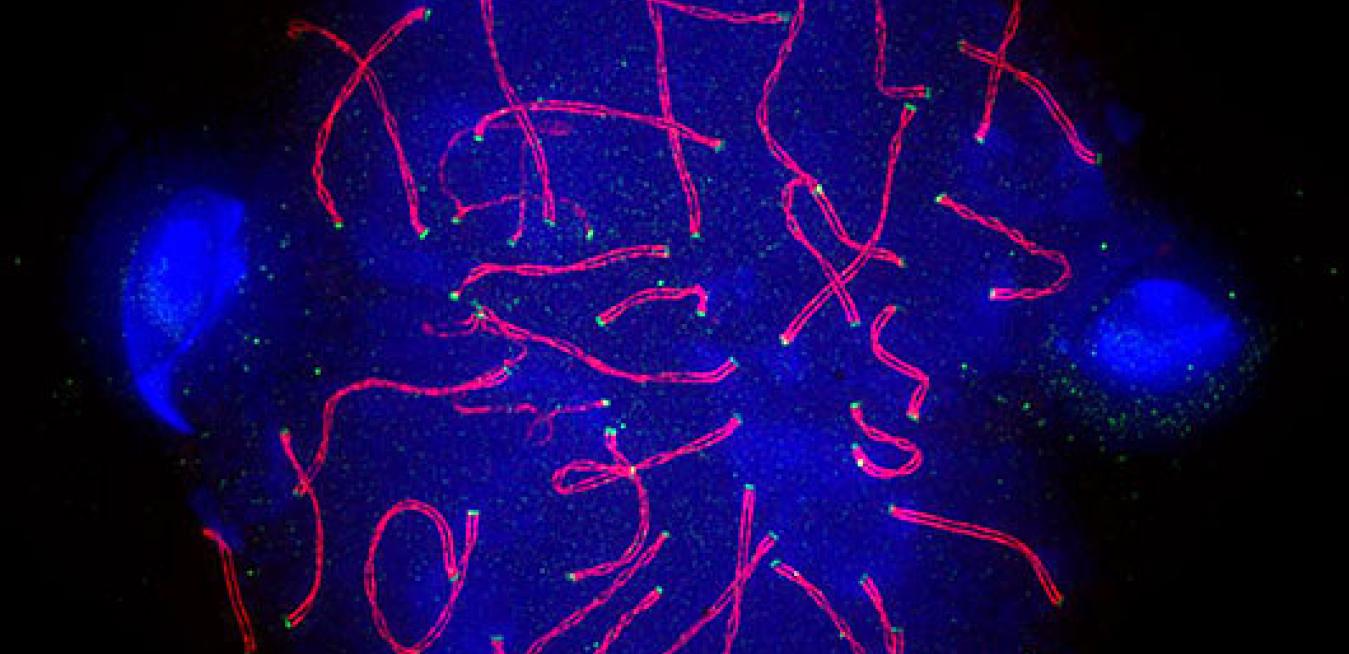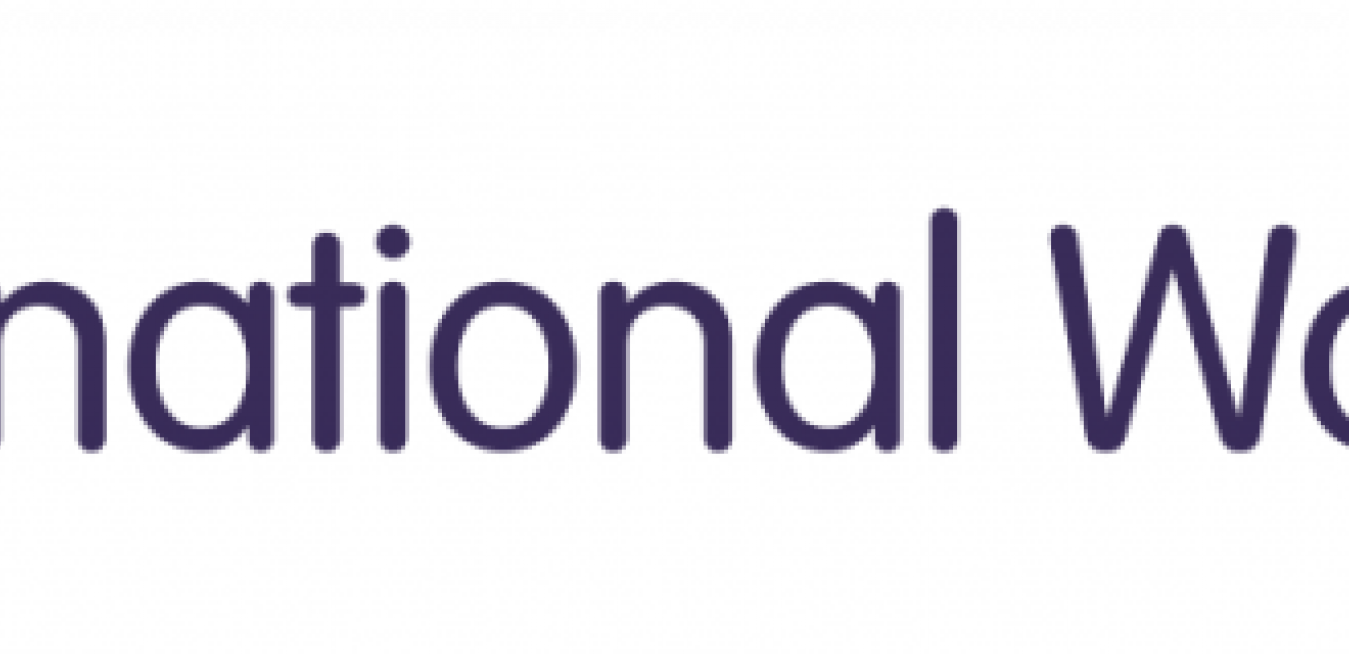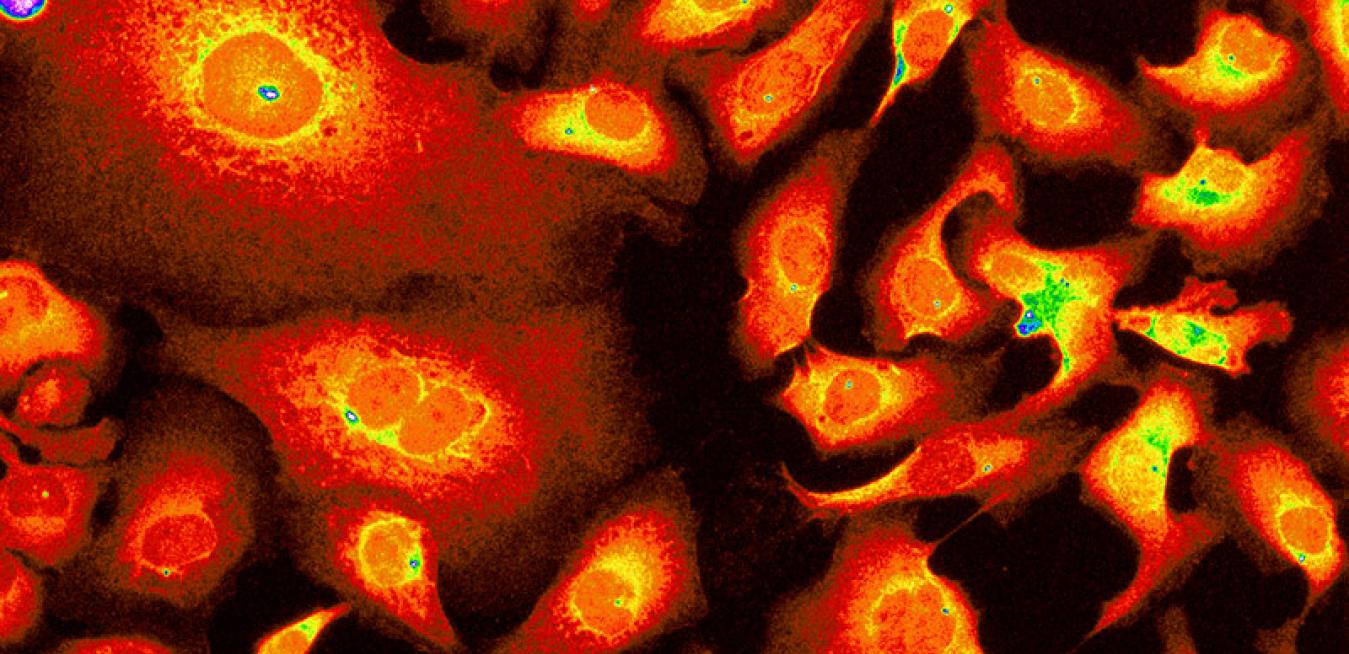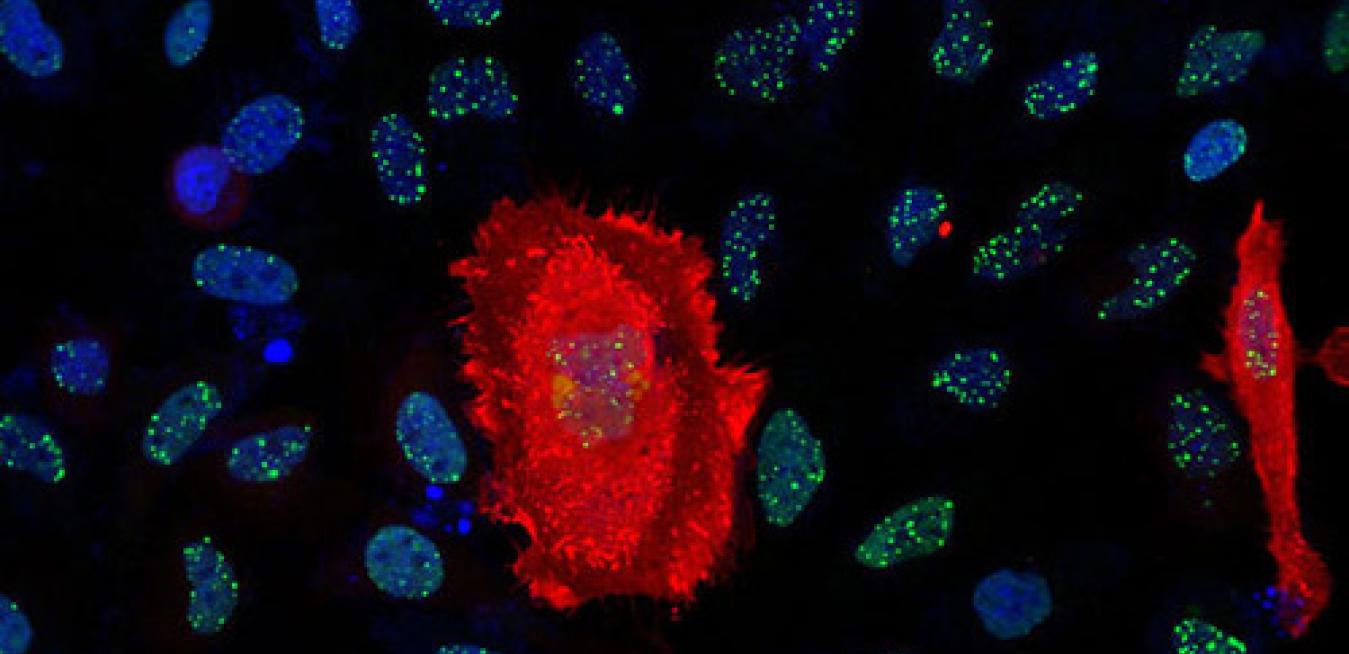In the 1990s, Dr. Druker, who does research at Oregon Health & Science University, was part of a Novartis team that helped develop Gleevec, a “miracle drug” that soundly defeated a previously deadly type of blood cancer called chronic myeloid leukemia, or CML.
But for those of us working in the field of global health, innovation is the driving force behind transformational change that can propel the most promising solutions to the world’s relentless health challenges.
By 1970, cancer was terrorizing almost every American family as it inflicted terrible suffering and for most patients an almost certain death sentence. Its solution was either unknown or, when known, associated with dire consequences. Cancer’s toll on society went beyond human suffering to threaten economic disaster.
Today, although women have the right to vote almost everywhere, health inequalities and disparities between women in the developed and developing worlds – and between men and women in many countries and regions of the world – continue to exist.
RainDance Technologies is developing new “liquid biopsy” systems using tiny droplets separated by oil to analyze DNA. Researchers using the technology are evaluating its ability to identify whether the samples may contain cancer, viruses, pathogens and markers released by the immune system.
The new tools could allow doctors to test tumors and cancer cells with a simple needle prick. RainDance, which is based in Billerica, Mass, just received a new $16.5 million round of financing from a group of investors including GE’s venture capital arm, GE Ventures.
Hardly a week goes by without news of cancer breakthroughs or promising new treatments. In December, for example, scientists at the Karolinska Institutet and Science for Life Laboratory in Stockholm found gene-coding regions possibly linked to cancer in parts of the DNA that were long considered gibberish.
